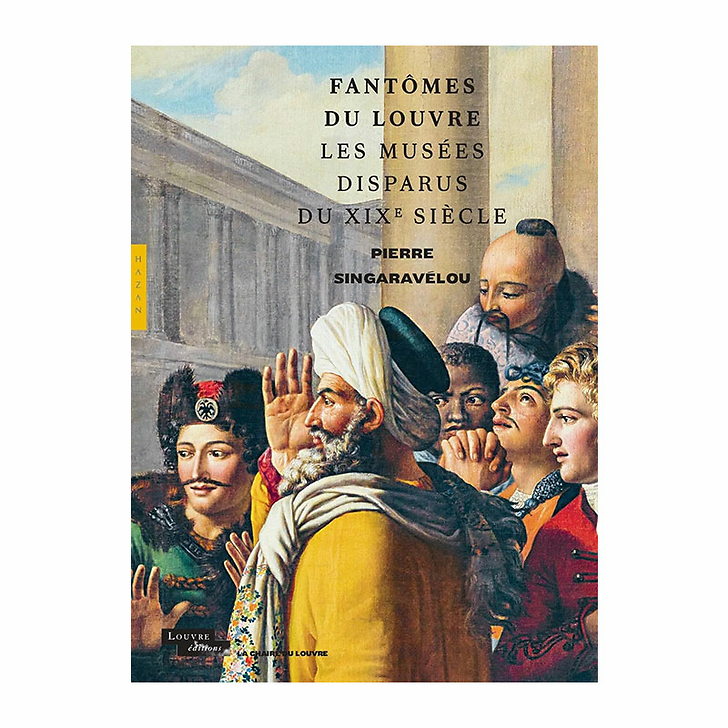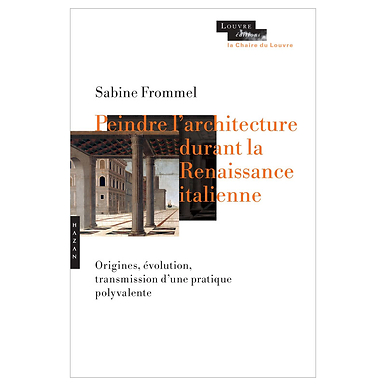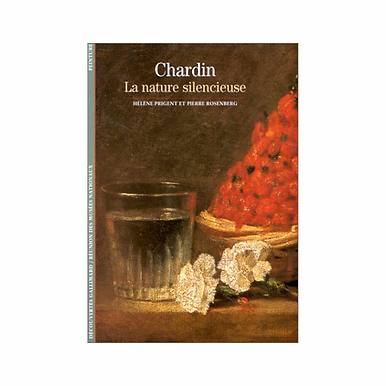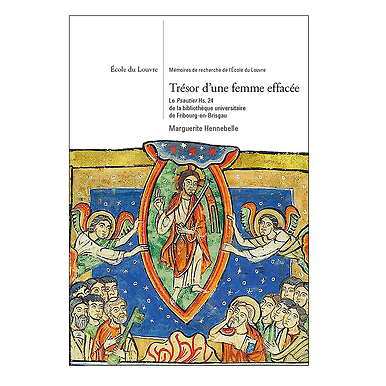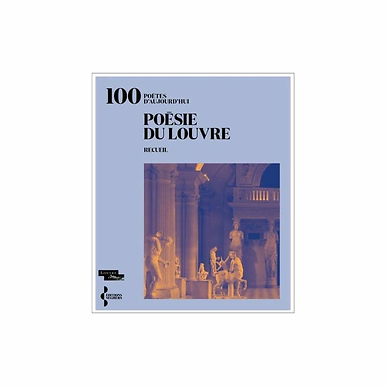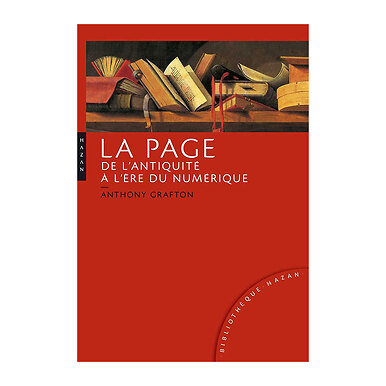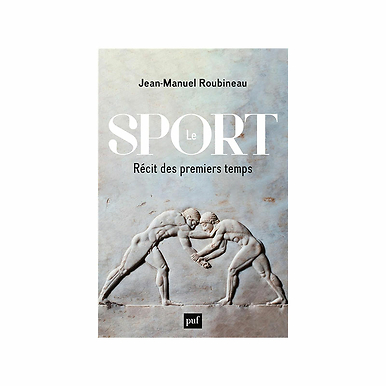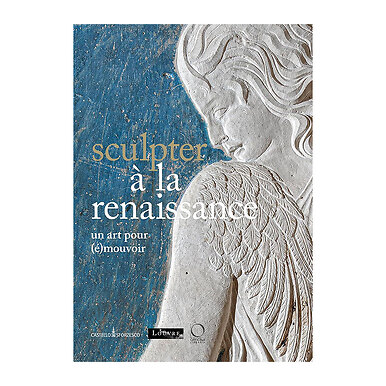Fantômes du Louvre. Les musées disparus du XIXe siècle
MX020885
How did the Louvre become an extraordinary experimental laboratory in perpetual reconfiguration?
At a time when the universalist claims of Western museums are the subject of debate, historian Pierre Singaravélou goes back in time to understand how the Louvre became, in a little over two centuries, a...
Read more
How did the Louvre become an extraordinary experimental laboratory in perpetual reconfiguration?
At a time when the universalist claims of Western museums are the subject of debate, historian Pierre Singaravélou goes back in time to understand how the Louvre became, in a little over two centuries, a special case in the history of museums: an extraordinary laboratory of experimentation in perpetual reconfiguration.
Leading the investigation into the traces of museums created in the mid-19th century to increase the areas of expertise of the Louvre (Naval Museum, Ethnographic Museum, Spanish Gallery, Algerian Museum, Mexican Museum, Chinese Museum, etc.), he brings the "ghosts" who lived in these places and repopulate the museum with all these objects from elsewhere, today largely disappeared, which, from its origins, brought the world to the Louvre.
French
144 pages
Coédition Hazan / Louvre éditions
Collection La chaire du Louvre
Close
Sold by GrandPalaisRmn

